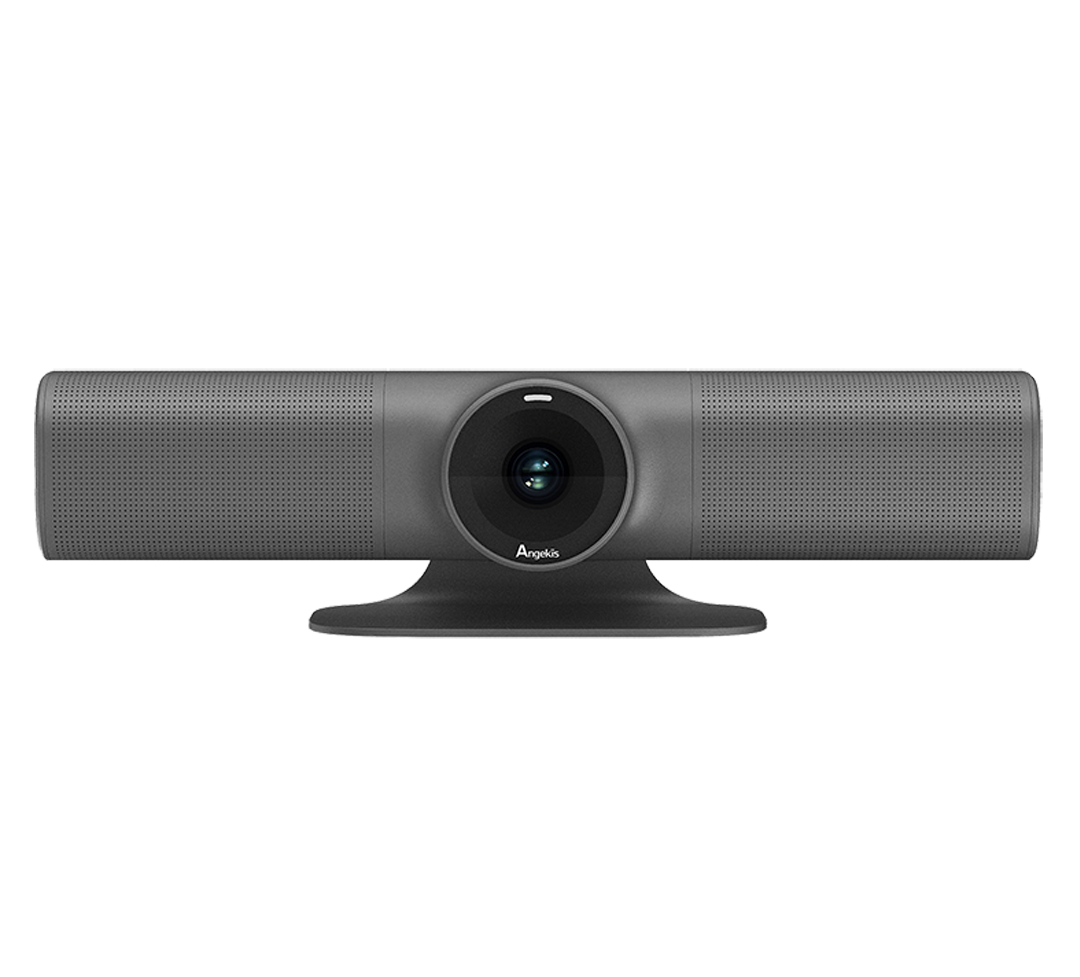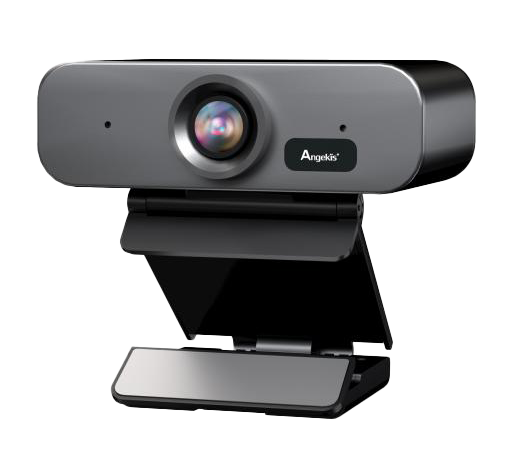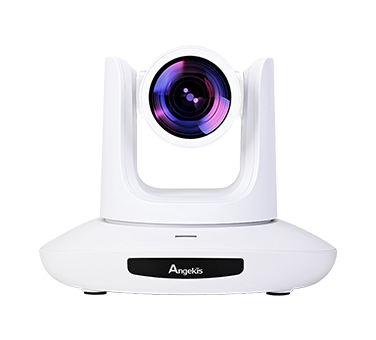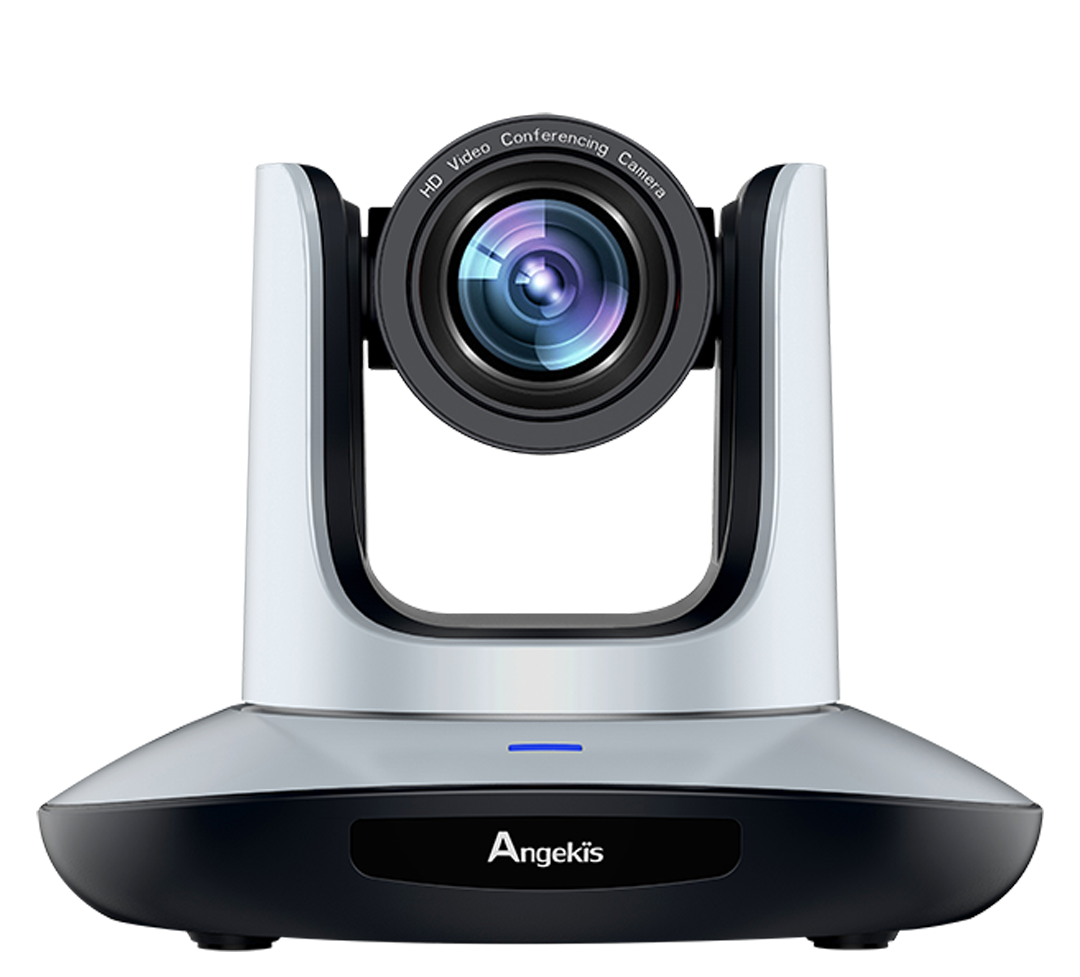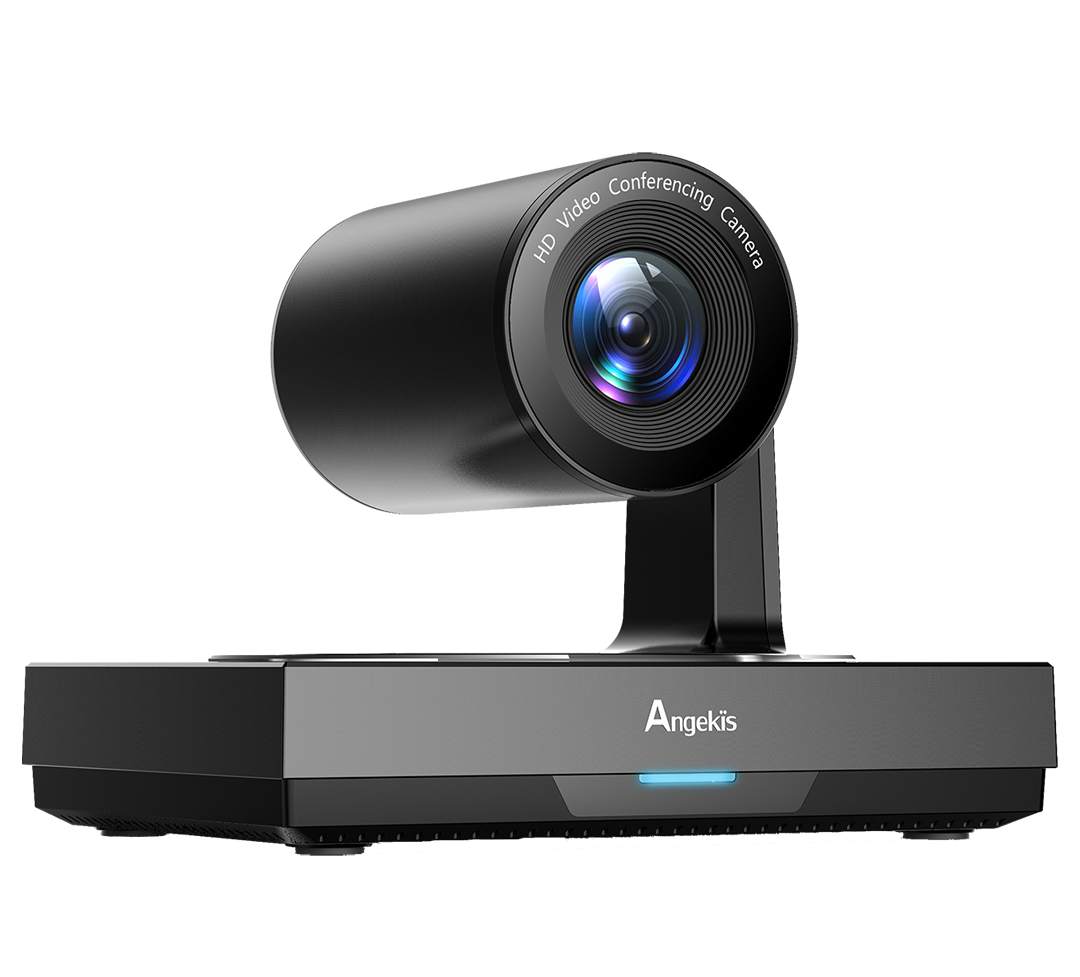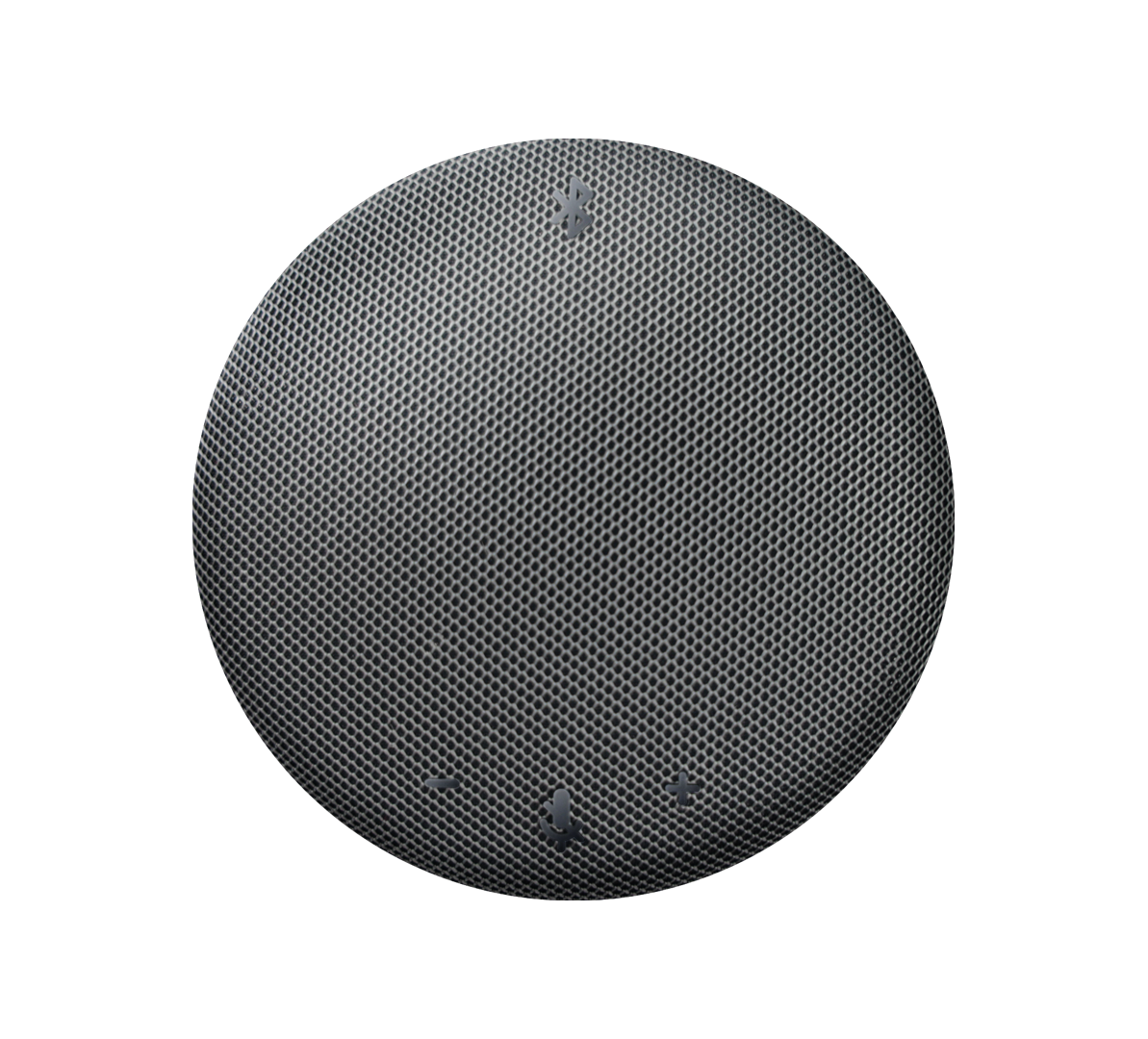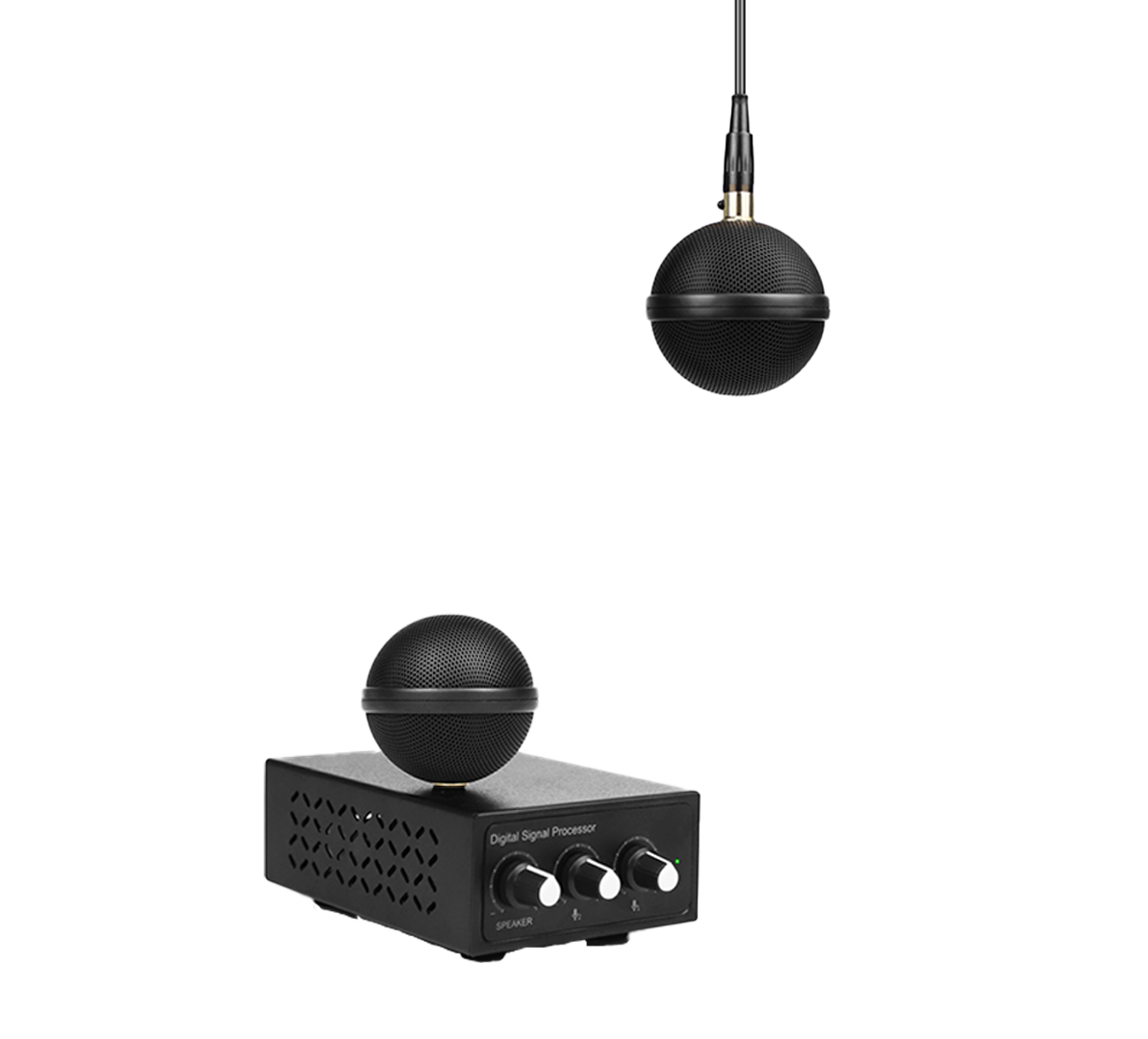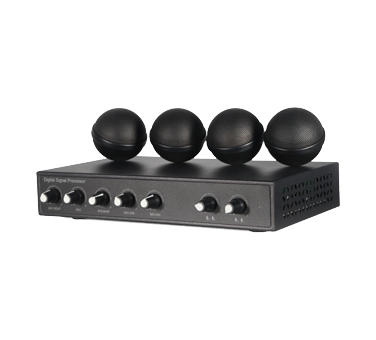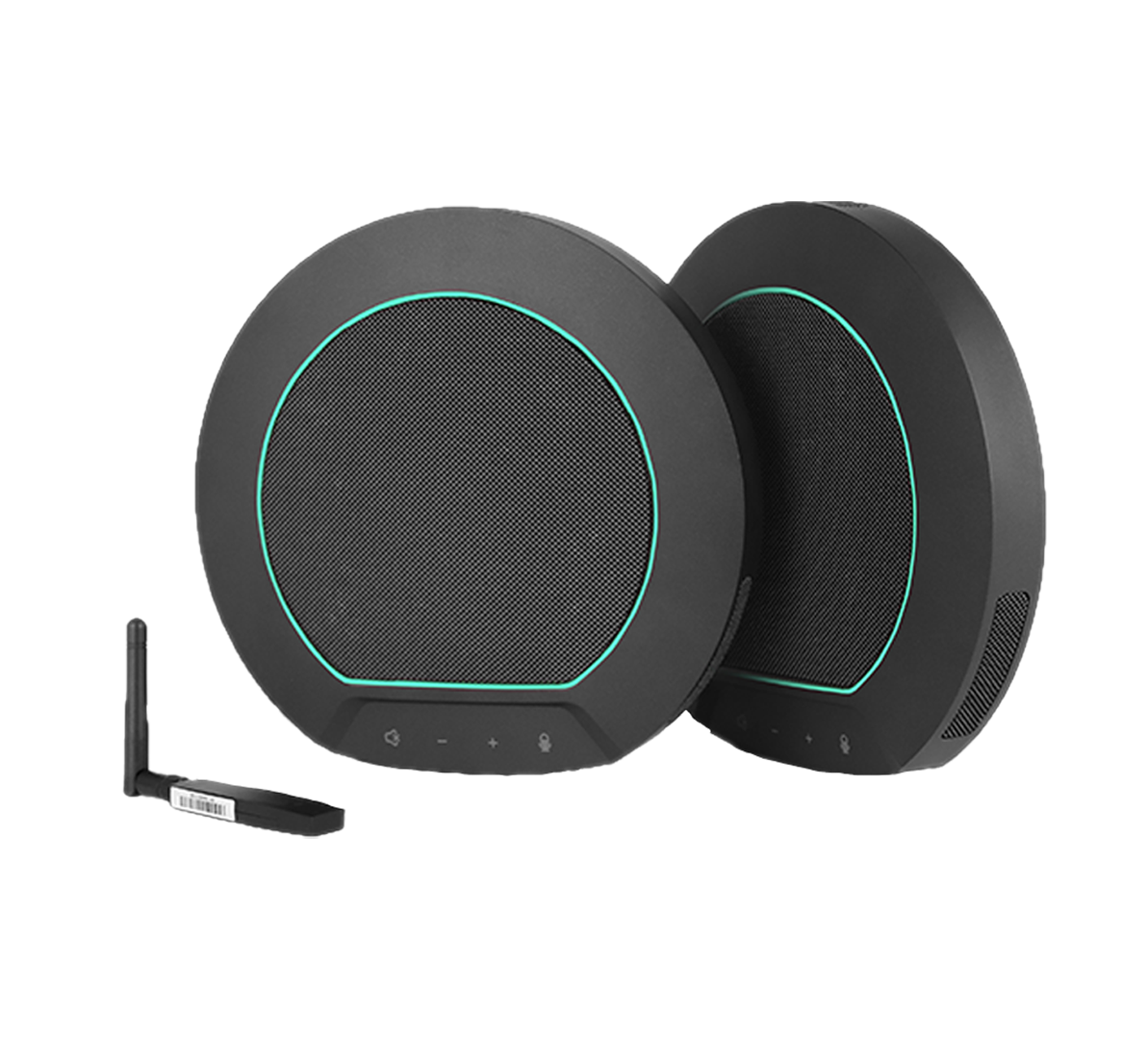The Optical Lens
The Optical Lens
The imaging lens is one of the most important parts of any optical product. Its role is to focus the target object on the image sensor. In this post, let’s go through the parameters and terminology used when discussing the optical lens.
Focal Length, Working Distance and Magnification
Focal length: On your Angekis PTZ camera, focal length refers to the distance from the center of the optical lens to the focal point on the image sensor. The size of the focal length is one factor that determines the size of the field of view. When the focal length value is small, the observation range is large. When the focal length value is large, the field of view angle is small, and the observation range is small. Most Angekis PTZ Cameras have variable focal lengths, as the distance between the lens and the image sensor changes when you zoom in and out. For example, the Saber IP20X has a focal length of 4.9mm when zoomed all the way out, giving it an FOV of 60°. When zoomed all the way in (20x), the Saber IP20X has a focal length of 98mm and a much smaller FOV (about 3°).
Working Distance: Working distance is the minimum distance from the lens to the target object at which the camera will produce a clear image. The physics of how the lens and image sensor work limit the distance at which a clear image can be produced, and this distance changes depending on the distance from the lens to the image sensor, as well as some other factors. For example, when the Saber 4K is zoomed out all the way, it can focus clearly on objects 0.3 meters in front of it. However, when the Saber 4K is zoomed in all the way (12x), the minimum distance grows to 1.5m. This phenomenon is similar to how you cannot use a stargazing telescope to look at very small objects, and how you cannot use a scientific microscope to look at objects very far away. The configuration of lens, image sensor, and other technical details are specifically designed for the application.
Magnification: In common language we use the terms “Zoom” and “Magnification” interchangeably, although this is technically incorrect. Zoom refers to the ratio of the shortest focal length to the longest focal length of a lens. For example, a 5mm - 100mm zoom lens will have a zoom ratio of 20 (100/5). This is approximately the zoom property of the Saber IP20X, which has exact Focal Length properties of 4.9mm - 98mm. This Zoom ratio is very close to the actual Magnification of an object as it appears on a screen, although a number of factors make this less precise than using the Zoom ratio. In real world testing, for example, the Saber 4K’s magnification of an object turned out slightly better than 12x, which is it’s optical zoom capability.
Angekis cameras also use two forms of magnification, Optical and Digital. Beyong Optical magification by moving the lenses, the image can also be digitally enlarged.

